Available colors and finishes
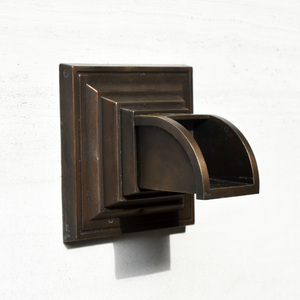
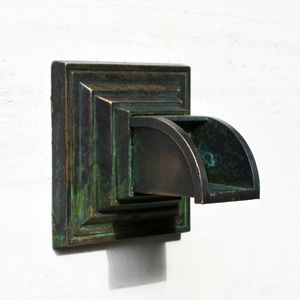
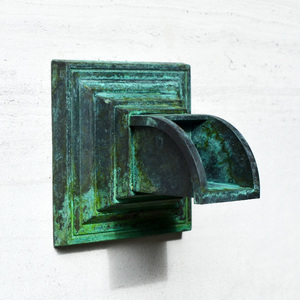
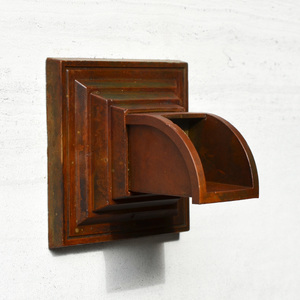
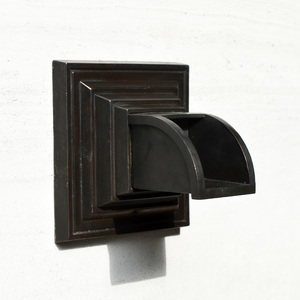
These colors are created through chemical reactions with the base metal and are commonly referred to as Patinas.They are not paint or powdercoat or any other finish that uses pigment. There are a number of limitations to keep in mind when ordering spouts. First, the colors are not applied to achieve a very uniform finish; the color is burnished to expose some highlights. Second, in order to match finish color on a set of spouts all of the spouts must be colored at the same time. Finally, unless protected with an coating of some sort, the parts will weather and change color.
We've done enough patina work that we can usually match an existing patina or finish. If you'd like a custom finish please call. A physical sample of the finish you'd like to replicate will generally be required.
Finishes
- wax coating: a light coat of a wax that creates a matte finish (not very durable)
- epoxy coating: a coating of urethane epoxy that freezes the finish in place (probably last 10+ years)
The wax coating won't last very long in a fountain. It's not meant to. When it deteriorates the spout color will change and respond to the elements. On one hand it may seem silly to offer something so ephemeral, but some of the most beautiful things in nature are transitory and ever changing.
The epoxy, on the other hand, is fairly tough stuff. It's designed to seal the underlying color in place forever. Well … as long as possible - nothing lasts forever. Eventually the coating will deteriorate through a process called UV Degradation. How long will this take is unknown. We've spoken to the epoxy manufacturer and they were noticeable tight lipped about the subject. When it does degrade enough to become unsightly we will refinish it. Read the product guarantee.
Choosing
There are two ways of living with the spouts. The first is to let then patina and change in time. The Statue of Liberty (and really any bronze statue in the public realm) is a good example of this. You observe and live with the changes. The clever people call this a "living patina". There are a number of practical considerations you should be aware of. Often, the metal oxides on the spout will wash off the part and stain the materials nearby. If the parts are used in a pool, they will leach metal ions into the pool water. If you're using the part in a fountain then it will do the same, just not as much.
Consider the context. A distressed fountain spout might look fantastic on a moss covered fountain in a little private curtyard. That same distressed spout wouldn't look so good on a formal swimming pool with marble mosaic.
Consider your personality. If you need things to be neat and tidy all the time then the epoxy is for you. If you can live with chnge and a bit of chaos, then maybe the wax is a good choice.